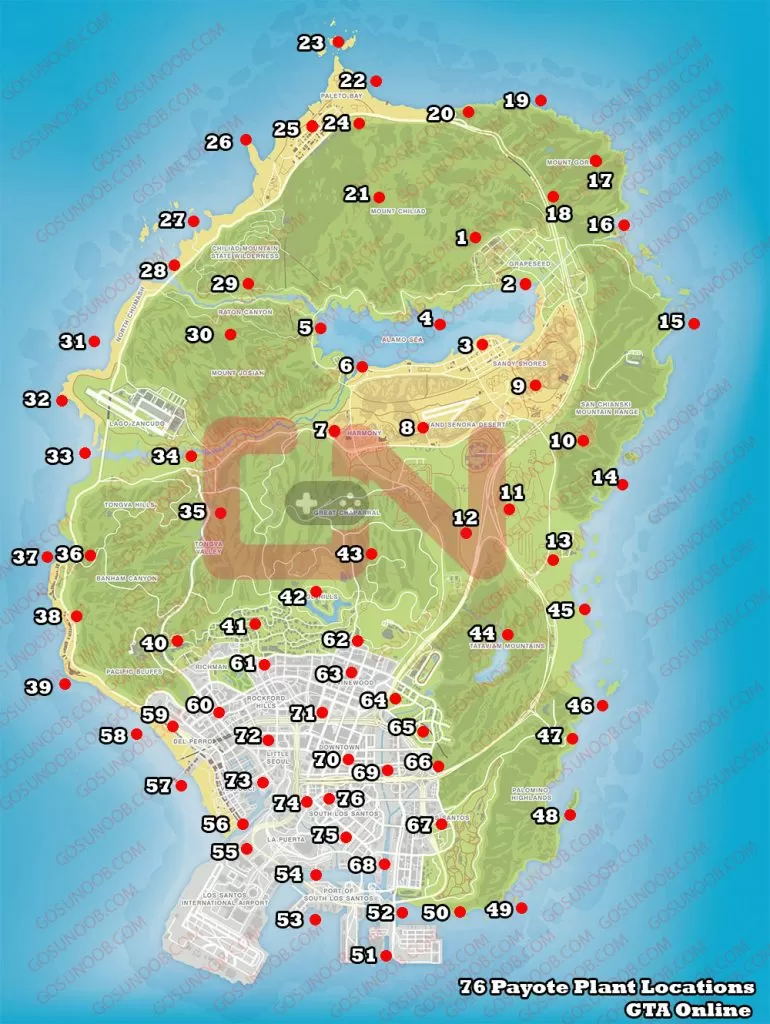In the arid embrace of the wild, where the sun blazes overhead and the horizon stretches endlessly, the peyote cactus (Lophophora williamsii) emerges as a symbol of resilience and beauty. This enigmatic succulent, with its distinctive button-like appearance, is not merely a botanical curiosity. It carries deep cultural significance and aesthetic allure, captivating the hearts of botanists, collectors, and enthusiasts alike. For those eager to encounter this plant in its natural habitat, understanding the best locations to find peyote cactus is essential.
Before embarking on your expedition to locate peyote, it is crucial to appreciate its unique characteristics and the environments where it thrives. This plant flourishes in arid, rocky regions typically found in the southwestern United States and parts of Mexico.
It often adorns landscapes that seem unwelcoming at first glance, yet it is here that the peyote thrives, demonstrating nature’s remarkable adaptability. Let us journey through some prime locales where the peyote cactus can be discovered, each offering its own distinct charm and appeal.
Discovering Peyote in Texas: The Heart of Peyote Country
Texas, particularly the regions bordering Mexico, is renowned for peyote’s abundance. The rugged terrain of the Chihuahuan Desert serves as an ideal habitat for this remarkable cactus. Notable locations include the Big Bend National Park and the surrounding areas of Brewster County. Here, amidst hues of earthy browns and vibrant greens, the peyote flourishes, often hidden among the rocky outcrops.
As you traverse the trails of Big Bend, look for the tell-tale signs of peyote: low-growing, button-like clusters often camouflaged against the rocky soil. The mesmerizing aesthetic of peyote lies in its pale green to bluish hue, interspersed with delicate white spines that evoke a sense of wonder. The experience of spotting a peyote cactus amidst the stark beauty of Big Bend is nothing short of exhilarating.
Another hotspot for peyote enthusiasts in Texas is the Guadalupe Mountains. The combination of varied altitudes and unique microhabitats provides a thriving ground for these cacti. Seek out the foothills, where the landscape transitions from arid desert to more vegetated areas. Here, you may find clusters of peyote surrounded by a tapestry of wildflowers and other desert flora, creating a picturesque scene that enchants the senses.
Exploring the Wilds of Mexico: A Cultural Encounter
Beyond the United States, Mexico stands as the epicenter of peyote culture. With its rich heritage and deep spiritual importance in indigenous traditions, the characteristic environments of this region are replete with opportunities to discover peyote cacti.
The Sierra Madre Oriental, known for its rugged mountains and dramatic scenery, offers bountiful areas where peyote grows. The high desert regions, characterized by rocky outcrops and sparse vegetation, create an inviting atmosphere for these cacti. As you venture into this captivating landscape, be mindful of local customs and regulations, especially regarding the harvesting and spiritual significance of peyote.
In the northern states of Durango and San Luis Potosí, the cactus flourishes in abandoned fields and rocky outcrops, often growing in clusters, providing a stunning visual display. The contrast of the vibrantly colored peyote against the stark, arid backdrop is a sight to behold. As you explore these regions, consider forging connections with local communities, who often possess profound knowledge about the flora and fauna, enriching your experience with cultural insights.
Unique Habitats: Unearthing Hidden Gems
While the southwestern US and northern Mexico are celebrated for their peyote populations, the savvy explorer may find hidden gems in less-traveled locales. For example, areas in Arizona, particularly near the San Pedro River and the Sonoran Desert, provide suitable microhabitats for peyote. Look for these little-known spots where the cactus often takes refuge among other desert plants, harmonizing beautifully with the vibrant ecosystem.
California also houses singular environments where peyote can be spotted, particularly in the southern regions near the border. The Anza-Borrego Desert State Park boasts diverse habitats, making it a worthwhile destination for those seeking peyote in unique landscapes. The park’s undulating terrain, adorned with stunning wildflower blooms in spring, creates a picturesque backdrop for your search.
Navigating Ethical Harvesting and Conservation
It is imperative to approach the search for peyote with respect and mindfulness. The succulent is considered a threatened species in some areas, primarily due to overharvesting and habitat loss. As you seek out these fascinating plants, consider adopting sustainable practices. Avoid uprooting any cacti and familiarize yourself with local regulations regarding their harvesting and use. Appreciating peyote in its natural environment not only enhances your experience but also contributes to the preservation of this remarkable species.
In conclusion, the quest for peyote cactus is not merely about the plant itself, but also an invitation to engage with the extraordinary landscapes and cultures in which it thrives. Whether you journey to the arid expanses of Texas, the cultural heartland of Mexico, or the lesser-known nooks of the southwestern United States, each adventure reveals the unique splendor of this extraordinary succulent. In honoring and respecting these beautiful spaces, you become part of an ongoing narrative that celebrates the resilience of nature and its enduring allure.





Leave a Comment